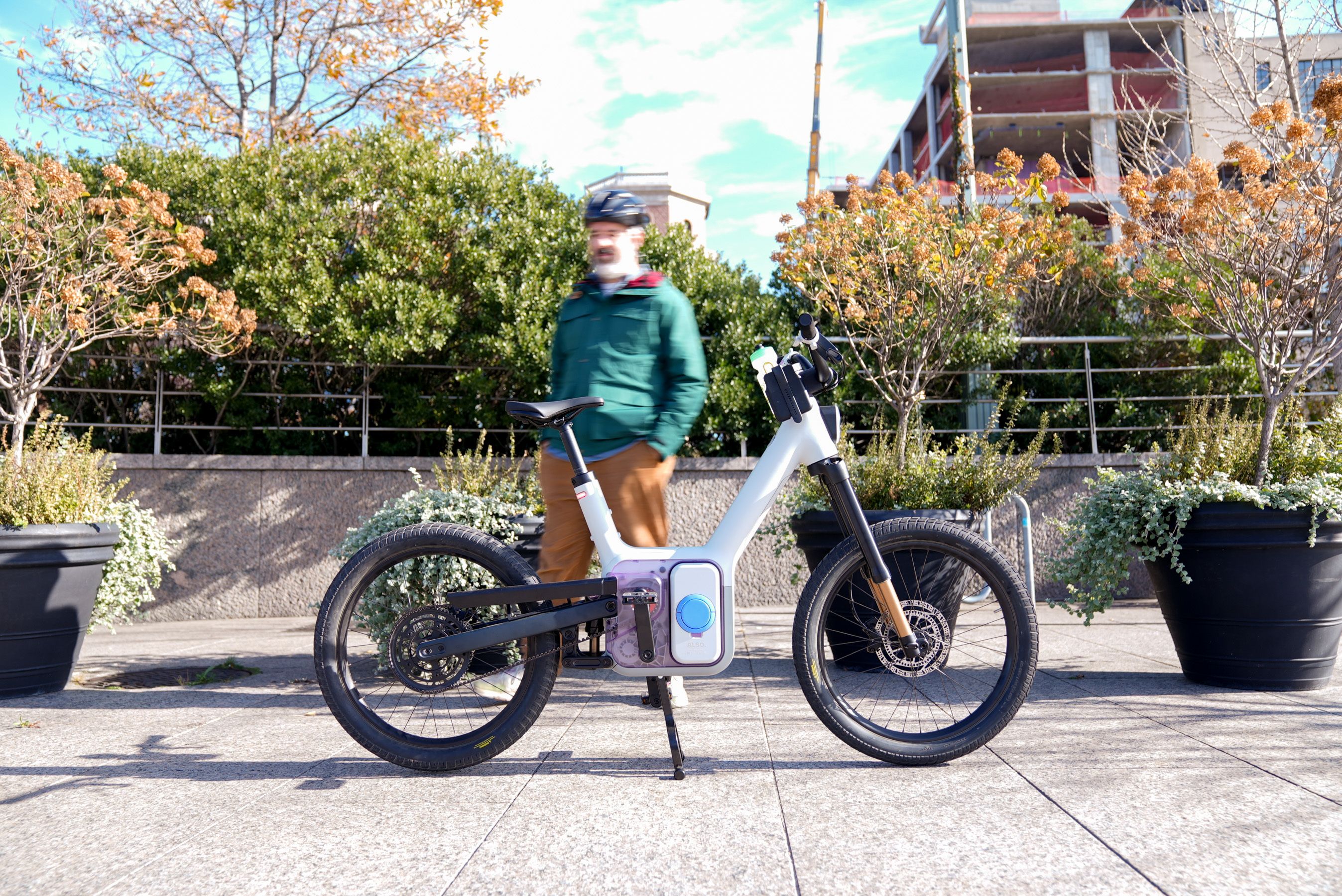Rivian spinoff Also just launched its TM-B electric bike, and it's unlike anything in the e-bike space. Starting at $4,500, this software-powered machine uses pedal-by-wire technology and adaptive drive modes to challenge conventional bike design. The question is whether premium features can justify the premium price in a market where bestselling e-bikes cost under $1,000.
Rivian spinoff Also just dropped a bomb on the e-bike industry, and it's got the cycling world buzzing. The TM-B doesn't just look different - it fundamentally reimagines what an electric bike can be. But at $4,500, it's also asking riders to reimagine what they're willing to pay.
The specs read like something from a Tesla design meeting: zonal architecture, series hybrid powertrain, pedal-by-wire technology, custom vehicle software, and BLE anti-theft. "These are not the type of specs you typically see in any bike, let alone an e-bike," The Verge's Andrew Hawkins noted during his hands-on review. The company is essentially throwing down the gauntlet to traditional bike manufacturers, challenging the very definition of what makes a bicycle.
The market reality is stark. While Also reaches for premium territory, the bestselling e-bikes in America are fat-tire folders that cost under $1,000. That's a massive pricing gulf that Also will need to bridge with performance that justifies the premium.
Early testing suggests they might be onto something revolutionary. The pedal-by-wire system abandons traditional mechanical connections entirely, using torque sensors to convert pedaling into electrical input for dual motors - one in the "Dream Ride" powertrain, another in the rear hub. The result is what Also calls a "10x" assist multiplier that lets riders keep pace with Manhattan traffic.
The bike's secret weapon is adaptability. Riders can instantly switch between auto mode, which maintains preferred cadence automatically across all terrain, and manual trail mode that simulates traditional gear shifting without actual gears. "By flipping a switch on the right handle, I could click through a number of gears depending on how much pedal resistance I desired," Hawkins explained.
Saul Leiken, Also's director of product, promises the TM-B has "no mechanical ceiling" for hill climbing. Unlike traditional e-bikes that struggle with steep grades, the software-controlled drivetrain maintains exact cadence - typically 70 RPM, the "Stayin' Alive" rhythm - even on San Francisco hills with over 30% grade.
The software dependency raises obvious concerns about outages and glitches. But Leiken assures that drivetrain logic runs entirely locally, never relying on cloud connectivity for basic riding. Anti-theft features and firmware updates do require internet access, similar to electric vehicles, but the bike remains fully functional during outages.

